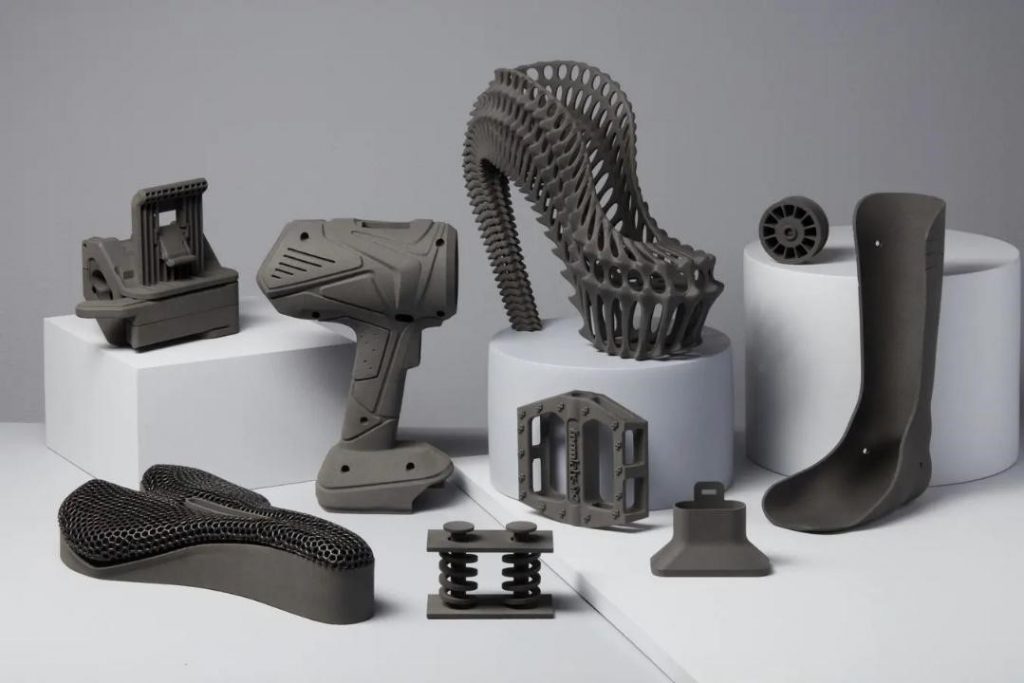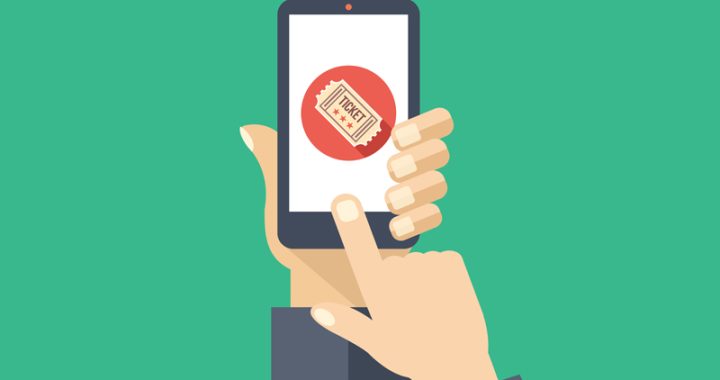Why You Need to Consider Rapid Prototyping in Product Development

Every product you have come across has gone through several product development steps, processes, and stages in order to be manufactured. Of the different steps, processes, and stages involved, the prototyping stage is a very important part. Prototyping involves making a smaller model of a product through which designers can assess its quality, features, possible failure, etc.
Due to its importance, prototyping in manufacturing has gone a step ahead, leading to the rise in rapid prototyping and its heightened status instead of the traditional techniques in the manufacturing world today. Rapid prototyping is an important part of product development. Therefore, this article will introduce its importance in product development and common rapid prototyping processes. Below are a few things you need to know about rapid prototyping and product development as an engineer or product designer.
What is Rapid Prototyping?
Rapid prototyping, from the name, means making a product/prototype very quickly and efficiently. In engineering terms, it means quick fabrication of a product using a computer-aided design either via additive or subtractive methods. Rapid prototyping is used for making real products and/or prototypes used for assessing the used assess product quality, features, possible failure, etc.
Before the advent of rapid prototyping, there were traditional techniques. The traditional techniques were costly as businesses require one or two prototypes and traditional tools are more for mass production to avail cost. However, rapid prototyping removes all these disadvantages leading to efficient and effective product development.
Advantages Of Rapid Prototyping
Why you need to consider employing rapid prototyping companies in product development comes from knowing the advantages of rapid prototyping itself. Below are its advantages related and tailored to product development.
● Test For Functionality and Performance
Rapid prototyping comprises techniques suitable for making products and prototypes alike. When used for a prototype, it makes it easy to test for the functionality and performance of the product. The prototype being a miniature version of the product, can be subjected to tests that assess how it functions so that proper correction can be made.
● It Saves Cost
To implement the design of a product and ensure that it functions in the right way, there is a need for constant validation. If the real product is subjected to such validation and found wanting, there will be a need to constantly reproduce the product repeatedly. For traditional prototyping, that can lead to high costs due to wastage of material and new tools requirements. However, with rapid prototyping, it is another story entirely.
First, the rapid prototyping moiety ensures that you can quickly make the product. Second, you do not need to develop new tools for each new product using rapid prototyping techniques. Thirdly, this technique is mostly automated, and which reduces the cost of staff and the amount of waste accumulated. These advantages are not visible in traditional prototyping techniques.
● It Reduces Risk
As the first real item before bulk production, a prototype could help reduce risk. Detecting flaws is an important process in product development. Through this, you can detect and reduce risks, and this is achievable by rapid prototyping.
Unlike in traditional prototyping, due to the rapid prototyping’s effective and efficient properties of making “prototypes,” it is possible to easily detect such flaws. Consequently, designers can reduce the risk of usability and manufacturability before production officially starts.
● Get Market Feedback
Having a prototype or different ones can help business people to pitch their potential products to the public. This, therefore, allows them to get market feedback. Depending on their product and the market requirements, rapid prototyping will allow them to quickly adjust and present the product again till the business gains market approval.
● Communicate Ideas Effectively
Prototyping is a good way to communicate with the market, and rapid prototyping makes it extremely easy to do. However, before placing your product for market feedback, a prototype allows designers to communicate ideas with their colleagues and clients.
What’s more, it ensures that the designers, colleagues, and clients are open to not only on-screen designs but real-life objects. This will allow them to understand the necessary place to adjust or make corrections.
● Design Iteratively and Instantly Incorporate Changes
Product design comprises different steps that involve testing, evaluation, and refinement in order to get the perfect/required product. An important element that you might need during a product design is the need to incorporate changes. When you compare rapid prototyping, incorporating changes with traditional prototyping techniques is harder. Therefore, rapid prototyping techniques can create prototypes and incorporate changes in order to satisfy client and market requirements. This, in turn, will lead to confidence in the design, the designer, and the generation of competitive products
● Gives Innovative and Creative Opportunities
Rapid prototyping leads to better opportunities as it removes the restrictions of traditional prototyping. For example, the traditional prototyping techniques require you to produce prototype tools and components, which cost a lot. However, rapid prototyping allows you to produce such prototype tools and components even if they have complex shapes and surfaces.
Rapid Prototyping Methods
What are the common rapid prototyping methods used in product development? Below are the two common methods.
Additive Manufacturing (3d Printing)
Most people think rapid prototyping is additive manufacturing due to its being a very efficient technique. However, It is not additive manufacturing. Simply put, additive manufacturing is one of a rapid prototyping technique that involves using a computer to build layers of materials in order to make a part. It is also called 3D printing. There are many types of 3D printing processes you could use. Popular ones include fused deposition modeling (FDM), stereolithography (SLA), selective laser sintering (SLS).
CNC Machining (Works for Both Metal and Plastic Materials)
Unlike 3D printing, CNC (Computer numerical control) machining is a subtractive process. Here, CNC tools controlled by a computer remove or chip away at a workpiece in order to form the required product. CNC machining is compatible with many materials of metallic and plastic origin. It includes processes such as cutting, boring, drilling, and grinding and is suitable for making parts with complex designs.
CNC tools are compatible with plastics and metals. However, unlike additive manufacturing, they are more complicated to operate. The processes required, such as tooling, handling, positioning, and processing, require expertise, and this makes them a costly process. Nevertheless, they are the right method to use for designs that are not feasible or cost-effective to produce with additive manufacturing.
Conclusion
Rapid prototyping is becoming a significant part of product development as it helps designers avoid risk during production, businesses owners pitch their ideas and get market feedback, etc.

“Pop culture advocate. Troublemaker. Friendly student. Proud problem solver.”












